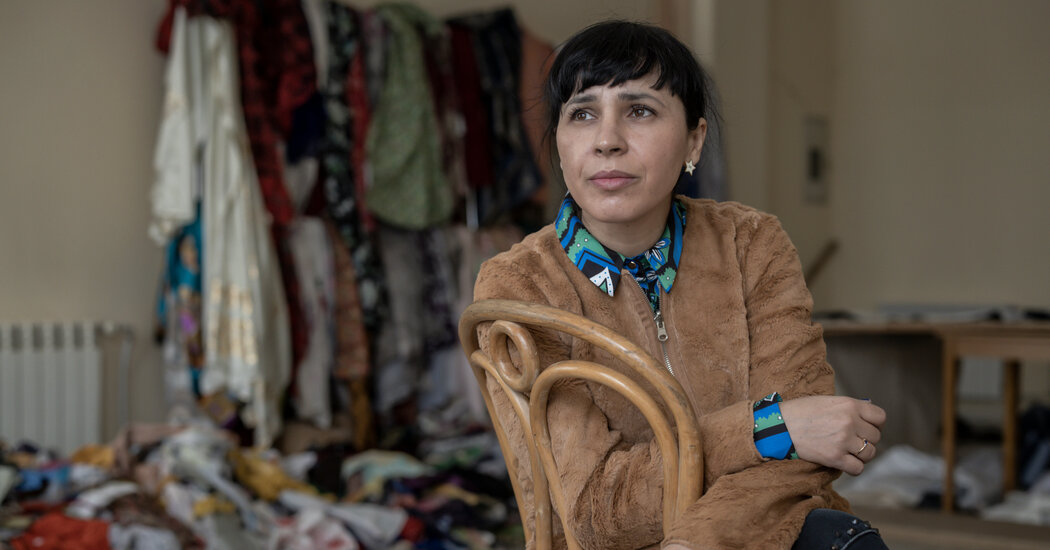Roma people have experienced centuries of persecution and violence in Europe, including enslavement and forced sterilization; hundreds of thousands were murdered in the Holocaust. This history continues to have an impact on Roma people, who today live mostly in Central and Eastern Europe. While most people in Mirga-Tas’s settlement have access to education, housing and work, this is not true for all Roma communities in Europe. According to a 2021 study by the European Union Agency for Fundamental Rights, 48 percent of Roma people in E.U. countries are living in severe material deprivation, and their life expectancy is around 10 years less than the E.U. average.
“What we see in Central and Eastern Europe is a very blunt type of institutional racism,” said Margareta Matache, a lecturer at Harvard who researches anti-Roma racism in Europe. “I’m talking about school segregation and police killings,” she said, adding that the scale of historical persecution was rarely acknowledged.
“One of the reasons why we can’t really reconcile with the past and understand the realities of the Roma today is because we don’t know, as a society, what the past of the Roma looks like,” said Matache.
This is partly because the story of the Roma was often told by others, who frequently depicted them as unhygienic, unclothed thieves. Mirga-Tas has made several works based on the photography archive of her uncle, Andrzej Mirga, an ethnographer who was active in the 1980s and whose photographs challenge those racist tropes. One of his shots depicts a survivor of the Auschwitz concentration camp, who looks up from her bed, her lined face firmly gazing toward the viewer. Mirga-Tas has turned her uncle’s black-and-white photo into a brightly clashing three-part folding screen, centering the woman’s resilient, probing face.
In her 2021 series “Out of Egypt,” Mirga-Tas used as source material four prints by Jacques Callot, a 17th-century printmaker, in which Roma people are depicted as bawdy, lazy charlatans. For centuries, Mirga-Tas said, European artists portrayed Roma people in this way, perpetuating myths that she described as excuses for hate. In her reimagining of Callot’s scenes, the characters appear as dignified adventurers, traveling on horseback through colorful landscapes of patterned textiles.
“She re-appropriates those pictures,” said Wojciech Szymanski, a Warsaw-based academic who was one of the curators of the Polish pavilion at Venice. He noted that the response to Mirga-Tas’s work, which some had previously dismissed as “folk art,” has changed since her show at Venice, and that the international art world’s recent interest in “decolonization” was leading critics and curators to reconsider the perspectives of previously ignored groups.






